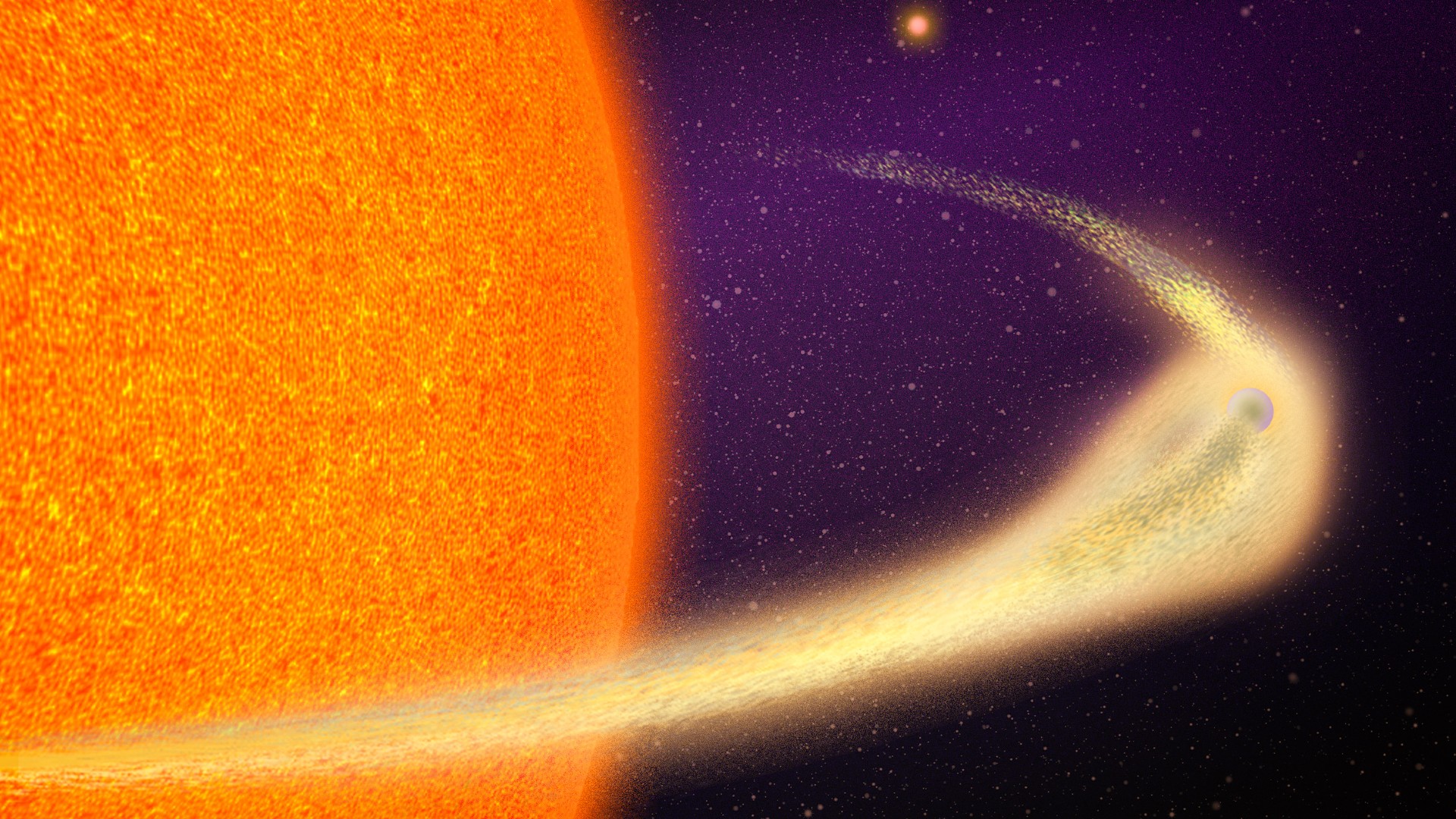'Pink full moon' expected to rise this weekend ahead of meteor shower
The "pink full moon" will rise across U.S. skies this weekend ahead of a meteor shower capable of creating "bolts of blue."

KENTUCKY (WDKY) — The "pink full moon" will rise across U.S. skies this weekend ahead of a meteor shower capable of creating "bolts of blue."
The first full moon of spring, known as the pink moon, will rise Saturday, swathed in a tapestry of orange as the sun sets in almost perfect synchronicity in some parts of the country. The moon is expected to peak in brightness around 8:23 p.m. EDT, according to Forbes — just after sunset in parts of the Eastern and Central time zones.
To best view the rise of the pink moon, find a clear vantage point on the eastern horizon. But don't expect the moon to actually be pink, as it's not named for its hue.
The Farmer’s Almanac attributes the name of the April moon to the “Phlox Subulata” or the creeping phlox. It’s a pink wildflower native to eastern North America and often blooms with April’s full moon.

Pink moss phlox close-up (Getty Images)
NASA claims that a full moon is most breathtaking when witnessed as it rises above the horizon due to the optical sorcery of the moon illusion. Because of this visionary magic, the moon appears larger than it truly is.
But this month, the moon may not look as impressive as other full moons of the year. The moon's current place in orbit is quite far from Earth, so it will appear smaller and dimmer than usual, according to USA Today.
According to StarWalk, the pink moon will rise along the constellation Virgo, closest to Spica, its brightest star.
Those who miss the pink moon on Saturday – or are disappointed by its slightly smaller stature – have another celestial phenomenon to look forward to next week. The Lyrid meteors will be active starting April 17, with activity peaking between April 21 and 22. Another meteor shower – the Aquariids – are right behind the Lyrids, starting on April 19 and peaking between May 5 and 6.
The Aquariids are stronger than the Lyrids, but only when viewed from the Southern Hemisphere, according to the American Meteor Society. The Lyrid meteors are best viewed from the Northern Hemisphere.
















_Brain_light_Alamy.jpg?width=1280&auto=webp&quality=80&disable=upscale#)



















































